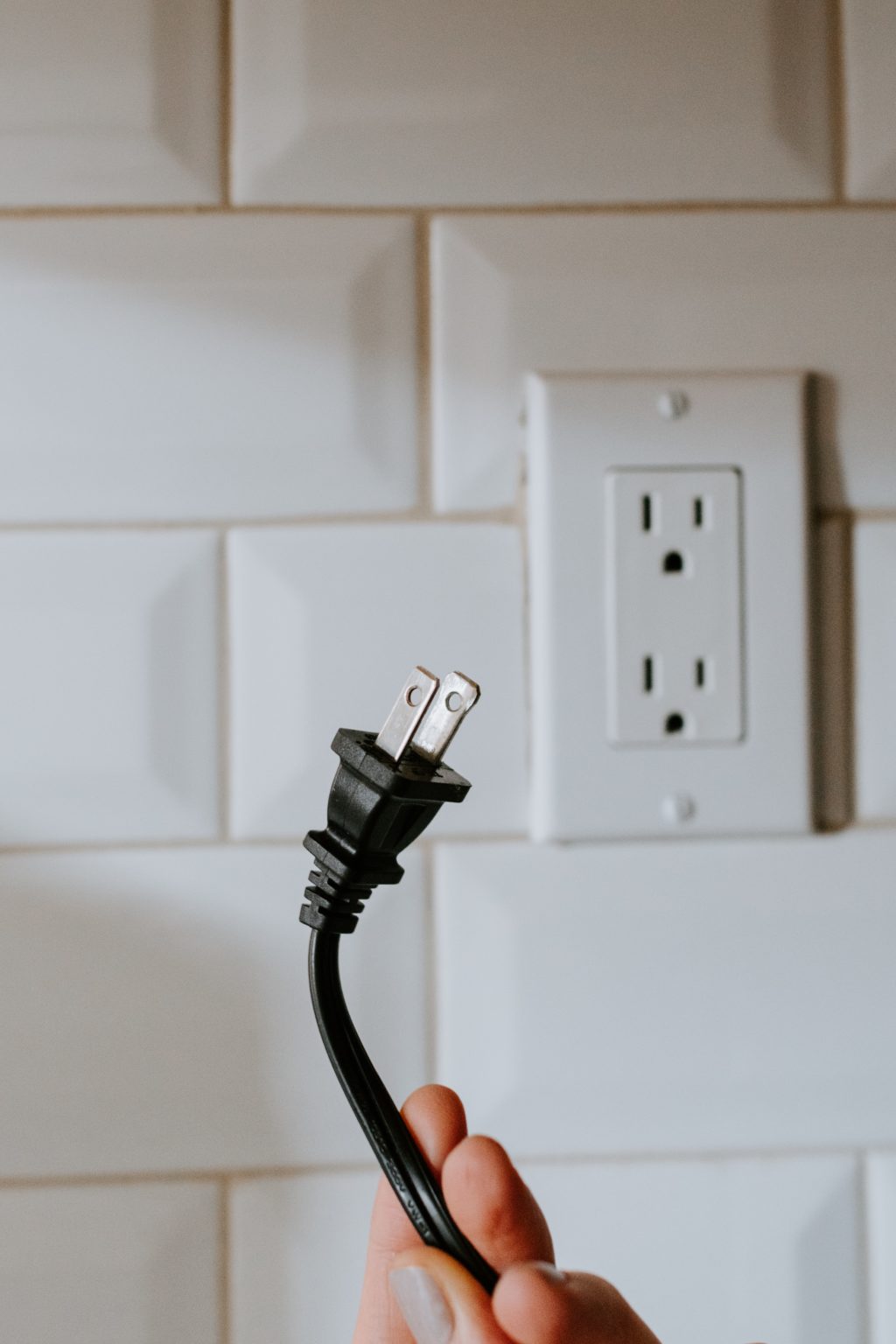
Stock Photo from Unsplash.com
CEBU CITY, Philippines — Dry season, or also known as summer, is at its peak this May.
In Cebu, heat index temperatures play around 38 degrees Celsius and even higher to the extent the state weather bureau had to issue several precautionary advisories.
With the heat beating down on every Filipino these days, one cannot help but cool down in their own house, with the aid of various appliances.
But usually, there’s a catch the more we spend time with our good, old appliances indoors, and that is the high electricity rates.
In addition to that, the Visayan Electric Company (VECO) recently disclosed to consumers that the increase in fuel (coal and bunker) prices, and higher prices of electricity at the Wholesale Electricity Spot Market (WESM) were the factors behind the high electricity bills for this summer.
“We have to emphasize that the increase is not reflected in Visayan Electric’s distribution rate, but in the generation charges, which goes to the power generators,” VECO Chief Operating Officer Raul Lucero added.
As a result, VECO, Metro Cebu’s largest electricity provider, has some handy tips and reminders to save electricity and costs.
1. The right air conditioner
To beat the summer heat, Filipinos love to cool down in rooms powered by air conditioners, however, these appliances have been notorious for consuming too much electricity and therefore, generating high power rates.
A simple get-to-know-your room, fortunately, can help a consumer save a few pesos as room sizes actually play an important part.
“The right air conditioner should be used for the right room size. A low-horsepower unit in a big room will have to work double-time to get its job done,” VECO stated.
“The thermostat should also be set to an ideal level. The less the difference between the outdoor temperature and the indoor temperature, the less energy is consumed by the unit,” they added.
Also, consumers are reminded to always make sure that their air conditioners are clean and well-functioning. Defects that go unnoticed will actually cause these air conditioners to consume more electricity.
2. Well-ventilated space for electric fans
In some cases, overheating electric fans are not only the cause of deadly fires but also eye-popping electricity bills.
Consumers are advised to place their electric fans in areas where there is proper air circulation to improve its cooling effect.
Also, electric fans rotating in various directions consume more energy. So, it is advisable to lock its oscillator in the direction where the air is needed.
3. Natural Light is Key
Save your electric lights for nighttime or in areas where natural light cannot pass through. Opening curtains or using light-colored drapes to allow natural light with little to no heat is recommended.
4. The Phantom Load
Have you ever heard of a phantom load? This is the energy consumed by appliances or devices that are plugged in even if they are on ‘standby mode’.
This is why the rule of thumb in keeping a close watch on your electricity bill and safety is to unplug any unused devices from the outlets. It will not only save you in pesos but also your life.
5. A safe space for your fridge
Is your refrigerator placed ‘in the coolest part of your room’? If not, then you better follow this tip.
According to VECO, the best location to put your fridge should be away from the morning and afternoon sun.
They also reminded owners to regularly defrost these appliances as accumulated frost would mean more work and more energy consumption.
“Customers should also remove store wrappings from food before putting them inside as paper and similar materials can act as insulators as well,” they added.
Meanwhile, the utility giant reiterated its vow to slash electricity rates this 2021.
/dbs
Related Stories
To reduce power rates, VECO to renegotiate contracts with power suppliers
Products and devices that can help conserve electricity
Unusual sources of alternative energy

